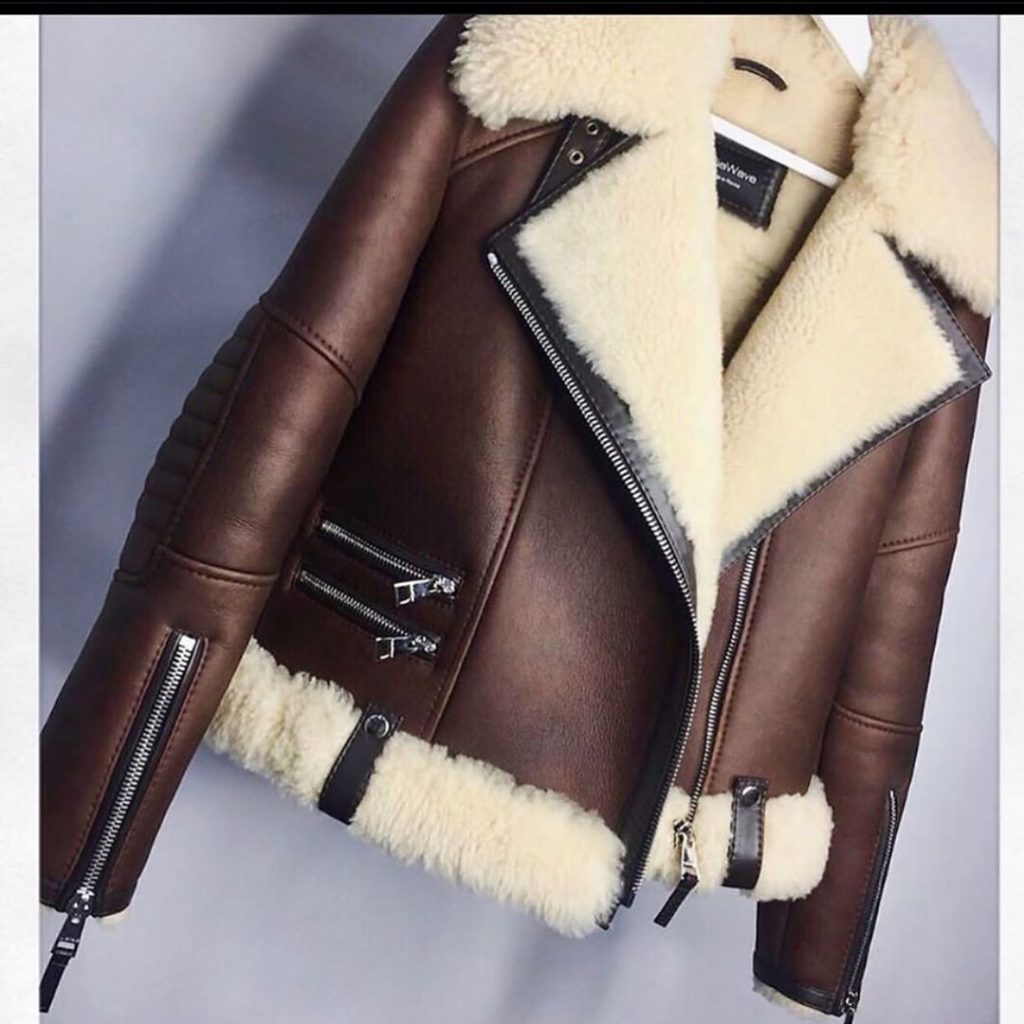A sheepskin coat is a warm outerwear that has been worn by humanity for several thousand years. Who exactly was the first to come up with the idea of wearing a fur coat with the fur inward rather than outward is now impossible to find out. Nevertheless, this wardrobe element is present in almost every family living in a temperate or cold climate.
According to one of the most likely versions, the birthplace of this clothing was cold Russia with its harsh climate and frosty, severe winters.

Archaeological excavations indicate that already 2 thousand years ago the Slavs wore fur capes covering their heads and chests, with primitive clasps at the front. This type of wardrobe item was called casings or sheepskin coats.
During the reign of Peter I in Rus', the era of development of sheepskin fishing and leather tanning began. Before sewing the product, animal skins were treated with tanning substances, which gave the skin elasticity and wear resistance. In that era, sewing sheepskin coats became mass-produced, and they were called “Romanov short fur coats.”

It should be noted that initially only very wealthy people could afford such luxurious clothes. Several decades later, the clothing in question became available to all segments of the population, but even then the models of rich and poor people differed greatly. Of course, noble people had the opportunity to purchase leather of higher quality; their tailors sewed sheepskin coats according to individual models. Some items were custom-made decorated with velvet, ornaments, embroidery and decorative elements. In addition, even then leather was dyed, so fashionistas and fashionistas had the opportunity to purchase outerwear in different shades. Peasants who did not have such an opportunity simply wore these warm jackets with the fur facing out and called them “head fur coats.”
There is documentary evidence that in 1812, during the war with Napoleon, it was the sheepskin coat that helped Russian soldiers survive the severe frosts. The French troops were defeated, among other things, because they were physically unable to survive the Russian winter. During the Great Patriotic War, many servicemen wore sheepskin coats in winter, which facilitated survival in the trenches on the battlefield.
In Europe, the fashion for sheepskin coats began with the light hand of the famous Russian fashion designer Vyacheslav Zaitsev. It was he who, in the 50s of the 20th century, brought to France his unique collection of Russian national clothing, the basis of which was multi-colored sheepskin coats and felt boots. That show became the starting point for Russian winter clothes to be henceforth perceived not only as the warm traditional clothing of the northerners, but also as a fashionable element of the European wardrobe.
In 1966, the Oscar-winning French film “A Man and a Woman” appeared on television screens, the main characters of which appear in comfortable and beautiful sheepskin coats. Since then, this wonderful clothing has become famous and in demand throughout the world.

@bamfstyle.com
By the beginning of the 2000s, the fashion for warm jackets was replaced by a fashion for natural fur. Refined and elegant fur coats are replacing practical sheepskin coats, but the Russian sheepskin coat does not give up! Even today, most of the world's designers produce collections of winter clothing, among which there is always a place for sheepskin coats. These jackets have become light in weight, but have not lost their unique heat preservation qualities.
There are men's, women's and children's options. They are made from the finest leather, processed in a certain way, and modern fittings adorn each model. The Russian and Turkish versions are considered the most popular, although in European countries fur coats are also sewn annually.

@exclusive_furs_